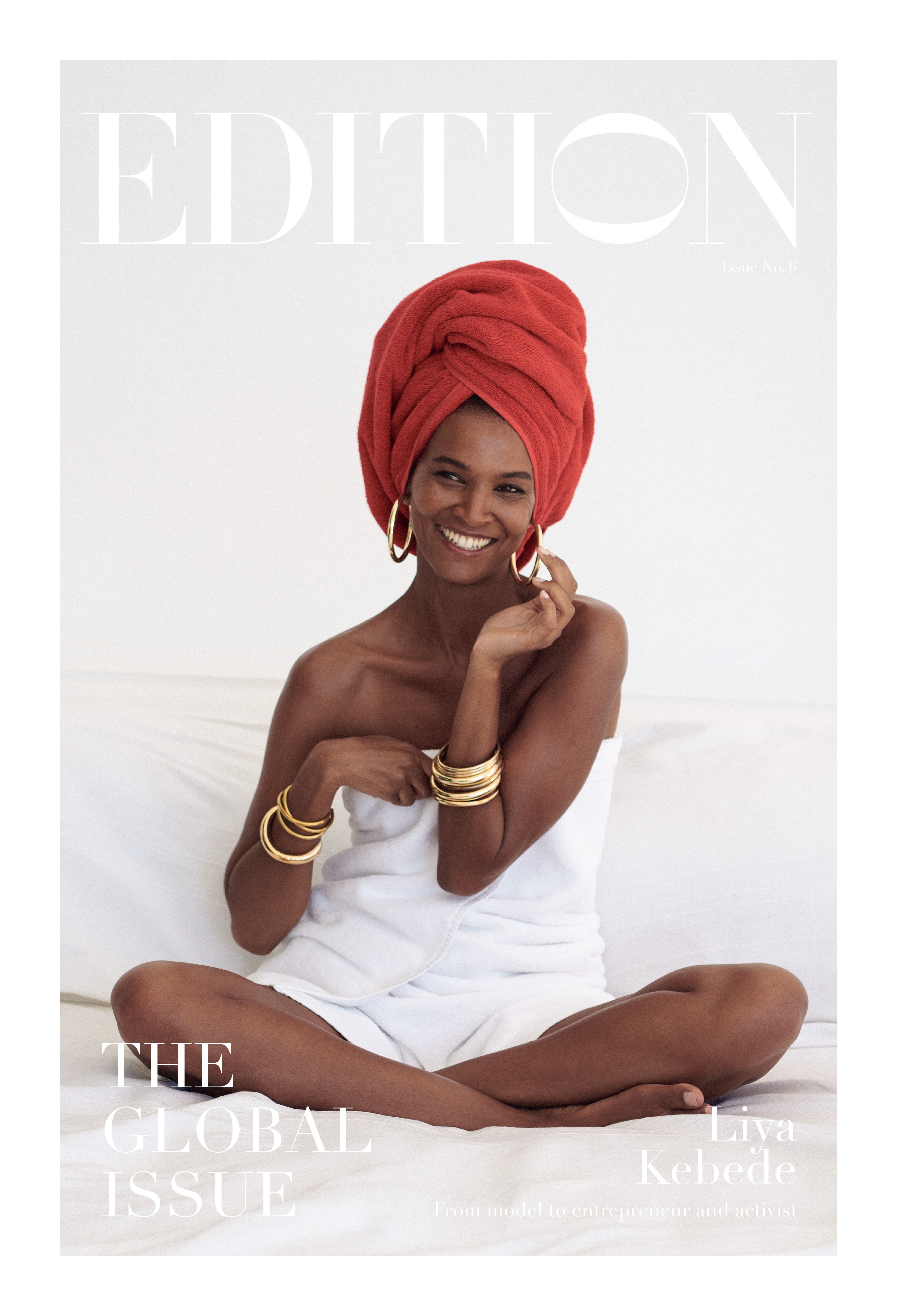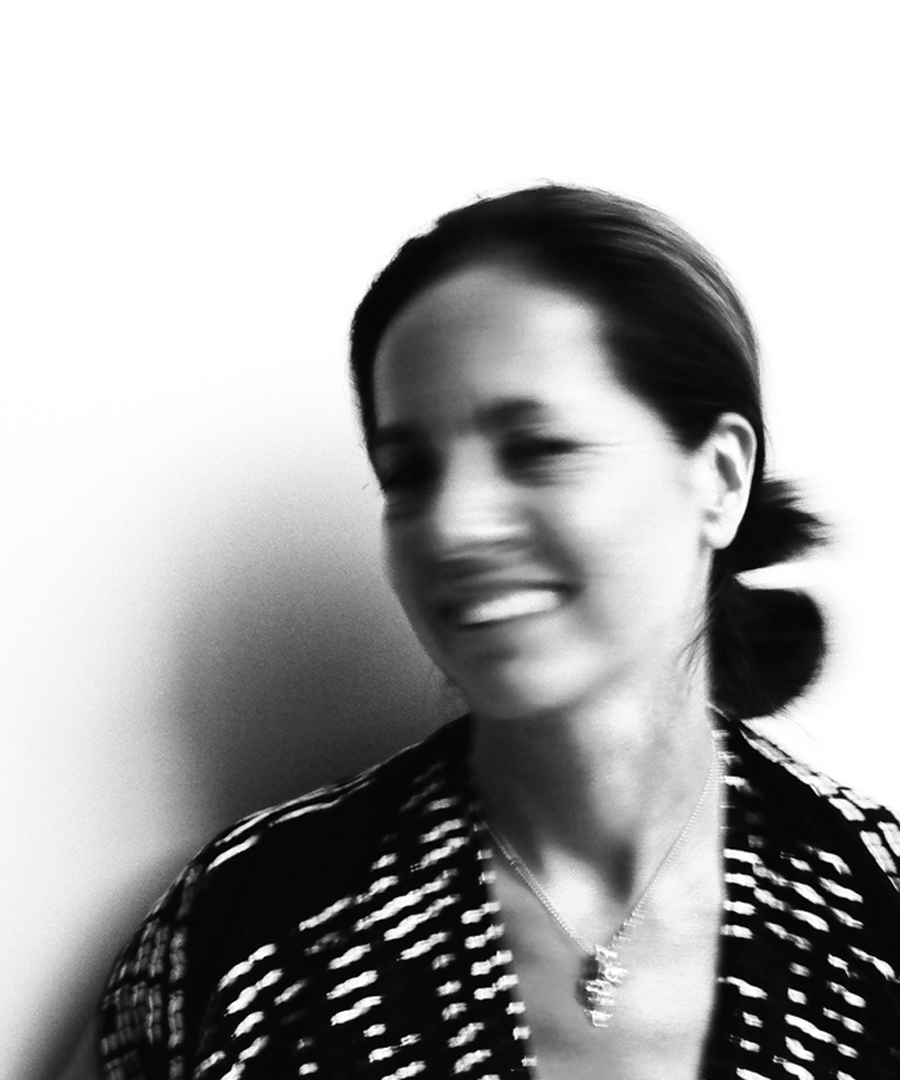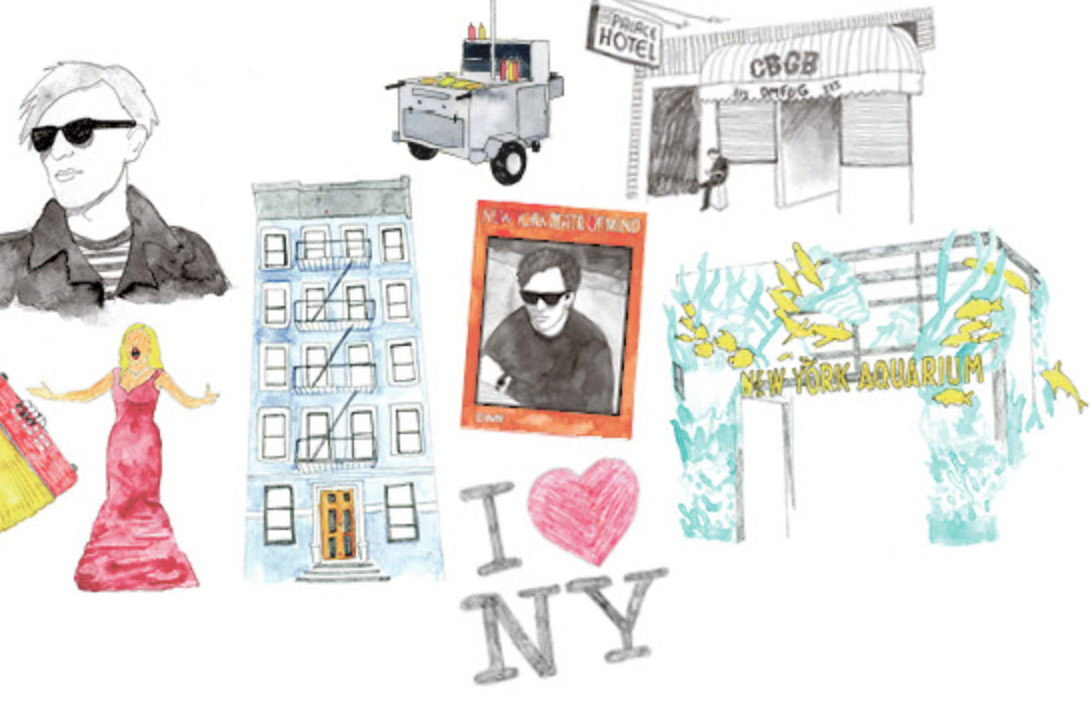
Global Issue
Global Issue: Editor’s Letter
Editor’s Letter
John Fraser
The Michelin-starred chef has a story to tell you through his cooking
Pundy’s Picks for Conscious Travel
Six tips for considered and conscious travel
Genmaicha Martini Recipe
The classic martini plus the health benefits of green tea
The Spread Love Project by Nicholas Konert
How Nicholas Konert’s rainbow heart design became an international icon
Wade Davis
Anthropology is the antidote to today’s nativism says the scholar and author
Carla Sozzani
The future of retail according to the founder of legendary concept store 10 Corso Como
The Art of Migration
The power of art to inspire empathy and social action
John Pawson
Zen Buddhism and minimalist purity drive the celebrated architect
Amy Duncan
As the CBD line Mowellens expands into skincare, its founder shares the personal story behind her company
Sila Sveta
Moscow’s favorite media studio finds the perfect balance between art and commerce
David de Rothschild
In his calls for environmental awareness, the modern explorer finds harmony between man and nature
Can Fashion Be Sustainable?
Shaping a better world through what you buy – or don’t
Brendon Babenzian
Supreme’s former creative director wants to end the cycle of consumption with his new brand Noah
Lily Kwong
Nature invades the urban jungle in the landscape designer’s expansive projects
House of Yes
Behind the scenes with the Bushwick nightlife collective promoting inclusivity and consent culture
Vivie-Ann Bakos
DJ Extraordinaire
Chez Dede
A medium in which two world-traveling, adventurous spirits absorb the globe’s vast curiosities and share them freely
Jesse Israel
A meditation guide for extraordinarily large groups
Liya Kebede
The Ethopian model, activist, and entrepreneur uses her label Lemlem as a force for change

Maria Cornejo
The Fashion Designer's Timeless Trend
Enter Maria Cornejo’s light-filled Brooklyn home that she shares with husband Mark Borthwick and you immediately understand that creativity is king, family is everything, nature is celebrated, and minimalism embraced. There’s a sense of timelessness, which is an ethos she extends to her artful clothing line Zero + Maria Cornejo. Since launching in NoHo in 1998, Zero + Maria Cornejo has earned a cult-like following who covet the brand’s elegant geometric cuts, rich textiles and inventive patterns. Born in Chile, with a career that spans over London, Paris, Milan and Tokyo, Cornejo is now one of New York’s most influential creatives.
What role does New York City play in your creativity?
New York is a very active and cosmopolitan city—full of art and culture. Everything that influences me either comes from nature, architecture, art or people.
Trend forecaster Li Edelkoort recently declared “the end of fashion as we know it.” She cited a few reasons like education, where young designers are taught to emulate famous names; a failure to address sweatshop conditions at factories; and more. What is your take on this?
That’s a big statement. I don’t think she means fashion is dead, fashion is alive and kicking in many parts but independent designers are not getting enough exposure as they deserve or would have 30 years ago. It’s hard to compete when all the large corporations and design houses pay for magazine [coverage]. At the same time, personally for me the reason we’ve been successful is because people more and more are wanting things that aren’t mass produced. People are wanting things that are more niche, more exclusive. The stores are now wanting things that aren’t everywhere. I think it’s a good time to be an independent if you can survive the rough seas.
What is your approach to design?
It’s a very organic approach. It starts from a fabric or a photograph. Those things give me ideas how I would drape the body.
What excites you the most about designing for women?
The endless possibilities to create desirable pieces. And to see them worn by really interesting women.
Some of these really interesting women include Tilda Swinton, Cindy Sherman, and the First Lady. Are they who you think of when starting a new collection?
I never think of one woman in particular, it’s many women, all the different lives we have and how versatile the pieces need to be. The idea is to make the clothes not specific to the body, so they can be flattering to many types of women.
“Ignorance is bliss if you’re a creative”
And the foil dress is produced in NYC; why is that important
Producing locally is one of the aspects of trying to be sustainable; fabrics are made all over the world. I think it’s important and great to know who is making your clothes, it’s more personal.
To that point, have you evolved your brand or even pushed back against “fast fashion”?
I’ve definitely pushed back. I don’t believe in fast fashion. The way I design is timeless. It’s not about fast, it’s about pieces that you want to keep forever.
You studied fashion in London when designers like Vivienne Westwood were making their mark. What impact did those times have on how you
design?
I think there was a sense of possibility and fearlessness. In a way she was a pioneer, to be an independent thinker and to not follow the masses. It was a period of excitement after the punk movement so we thought everything was possible. Now the kids have all this second-hand knowledge so it’s quite crippling and overwhelming. Ignorance is bliss if you’re a creative.
The fashion landscape is different today than when you started. Do you have advice for someone trying to break into the field now?
It depends what they want out of it—there are different roads. Some people want to be designers and be really creative, others want to make money and just be a brand. It’s such a big question because not everyone’s path is the same. At the end of the day you need to believe and have an identity within it because it’s a really tough business to be in. It never used to be a “business of fashion”; it was the “art of fashion”; [now] it has become more about business.
How much should fashion play a role for the First Lady?
I do think clothes should facilitate her job, but not be a main focus when she’s doing something, rather enhance what she’s doing. Clothes should give you confidence and empower you as an individual. I think that’s when you’ve successfully designed something.
What one piece in your career are you most proud of?
The foil dress! The piece is flattering on everyone. It’s extremely versatile and simple, but at the same time a clever timeless design.
Your husband Mark Borthwick and daughter Bibi Cornejo are both photographers. Do you all collaborate?
Bibi has been doing great pictures and all the imagery for the brand. My husband and I collaborate all the time, he often shoots the clothes for his editorials.
You and Mark have been married a long time. Is there a secret to staying happy living alongside another creative?
You have to both have your own creative outlets—traveling and having your own creativity separate from home helps. There’s a mutual understanding and respect, we know we don’t have to agree all the time, and allow each other to do our own thing.
If we were a fly on the wall at a Borthwick/Cornejo dinner, what would we hear discussed?
All sorts! Teenage troubles, politics, travel, memories, art, all sorts.
What’s an ideal family day in New York?
An ideal New York day would be spent in our garden at home.
Photo: Daniel Kiyoi, Zero + Maria Cornejo 15th Anniversary Collection window at Barneys
Art & Culture
The power of art to inspire empathy and social action
Zen Buddhism and minimalist purity drive the celebrated architect
Moscow’s favorite media studio finds the perfect balance between art and commerce
Behind the scenes with the Bushwick nightlife collective promoting inclusivity and consent culture
DJ Extraordinaire
A medium in which two world-traveling, adventurous spirits absorb the globe’s vast curiosities and share them freely
A meditation guide for extraordinarily large groups
Experiences
Moscow’s favorite media studio finds the perfect balance between art and commerce
In his calls for environmental awareness, the modern explorer finds harmony between man and nature
Behind the scenes with the Bushwick nightlife collective promoting inclusivity and consent culture
DJ Extraordinaire
Food & Drink
The Michelin-starred chef has a story to tell you through his cooking
Six tips for considered and conscious travel
Personalities
Style
The classic martini plus the health benefits of green tea
How Nicholas Konert’s rainbow heart design became an international icon
As the CBD line Mowellens expands into skincare, its founder shares the personal story behind her company
Nature invades the urban jungle in the landscape designer’s expansive projects
The Ethopian model, activist, and entrepreneur uses her label Lemlem as a force for change

